Do you have a question about the Hypertherm HPR400XD and is the answer not in the manual?
| Brand | Hypertherm |
|---|---|
| Model | HPR400XD |
| Category | Cutter |
| Language | English |
Details on torch positioning, motion delay, and initial cut speed for thick metal cutting.
Techniques for managing corners in thick metal cuts, including rounding, delay, and slow-down.
Methods for finishing thick metal cuts, including lead-out and dogleg techniques.
Explains the dogleg lead-out technique for achieving complete severance of thick stainless steel.
Details on calculating overshoot distance and the application of relevant correction factors.
Discusses geometric limitations and segment parameters critical for the dogleg method.
Provides specific dogleg parameters and a geometric illustration for various thicknesses.
Step-by-step guide for stationary piercing, covering height, timing, and motion controls.
Visual timing diagram illustrating the sequence of operations for stationary plasma piercing.
Introduction to moving pierce, its benefits, equipment requirements, and safety precautions.
Detailed sequence of torch lifter movements during the moving pierce process.
Sequence of table movements to establish evacuation channels during moving pierce.
Specific program parameters for controlling the moving pierce sequence on EDGE Pro controllers.
Comprehensive tables of moving pierce parameters in English and metric units.
Example EDGE Pro CNC code for performing a moving pierce on a 3-inch stainless steel plate.
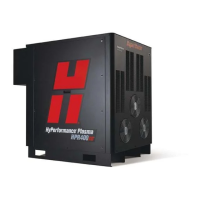

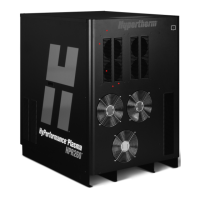



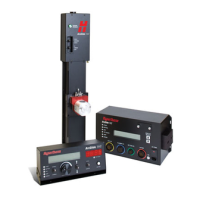
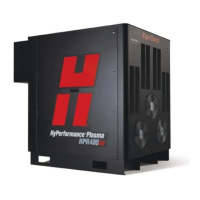
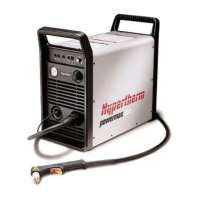
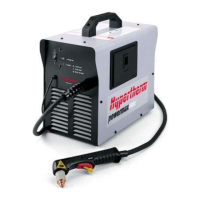

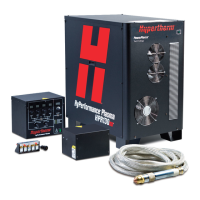
